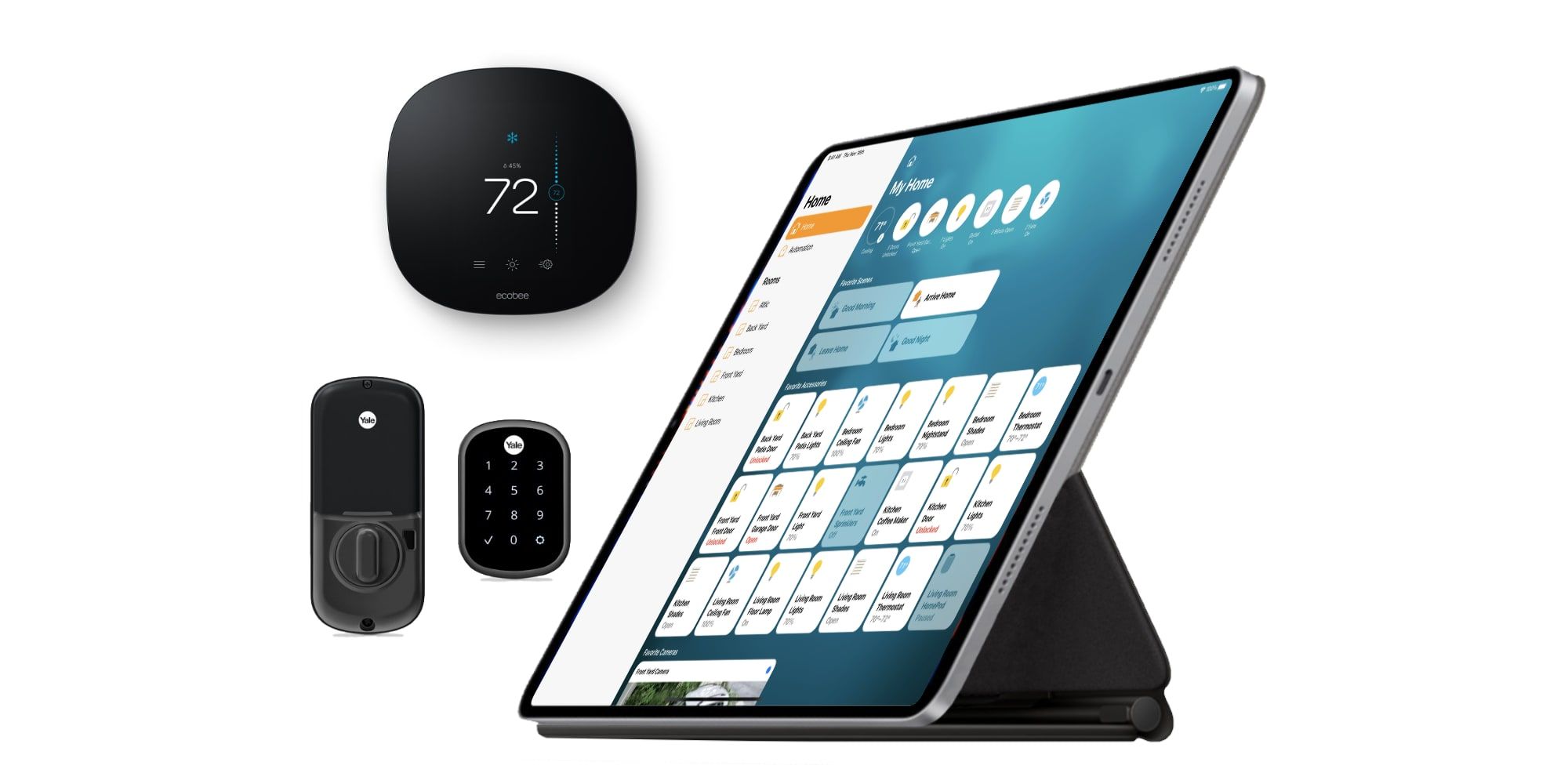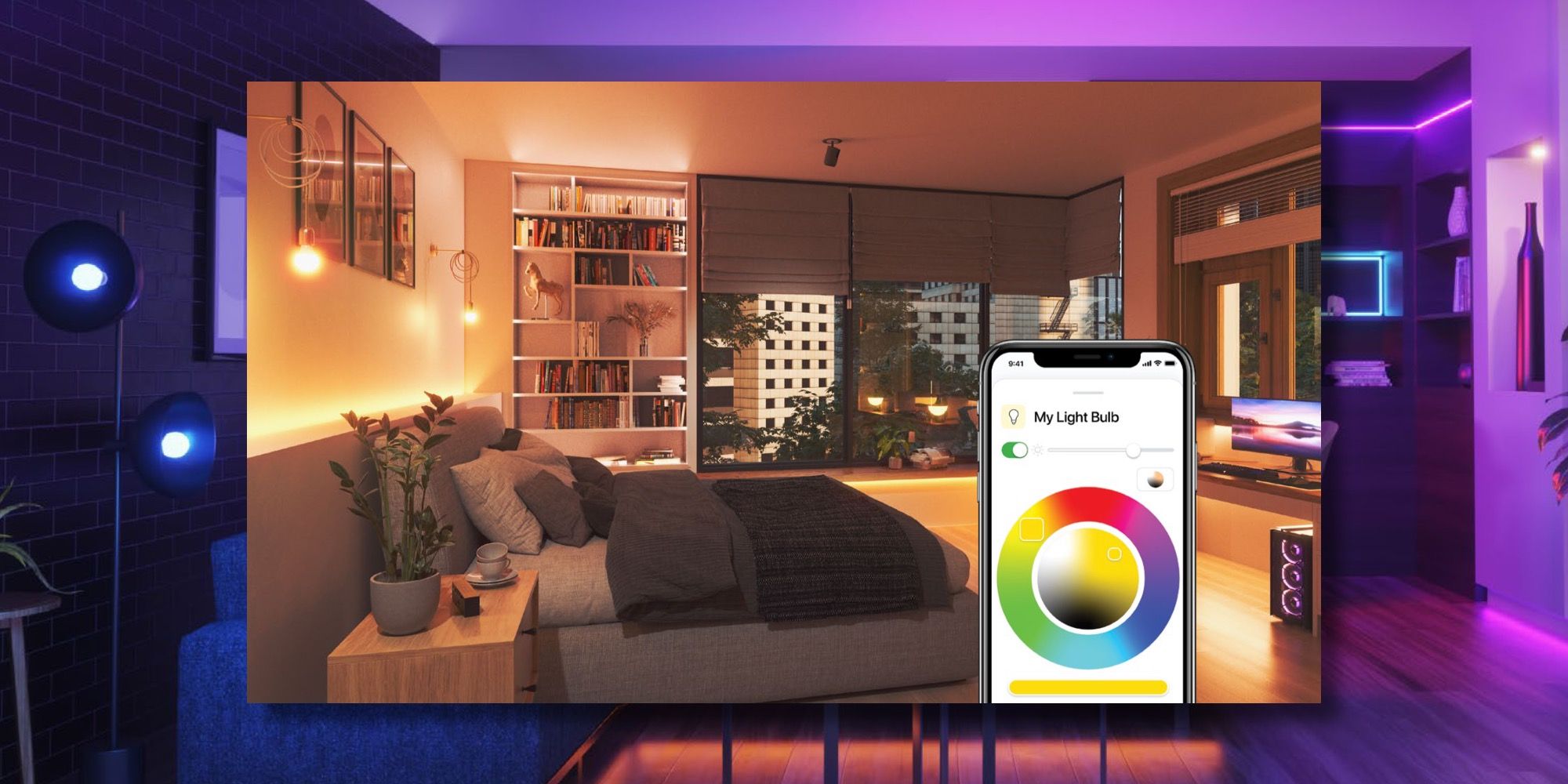Apple really needs to make a smart home device with a screen that can take advantage of the company's technological strengths. At present, the HomePod and HomePod mini are presented as smart home hubs. but their value in that capacity is easy to question. While these smart home speakers handle Apple Music well enough, Siri is woefully inept when compared to the assistants included with Google Home and Amazon Echo devices.
Apple's only selling point for its smart home solution, HomeKit, is privacy. However, most users of Amazon and Google products and services are already sharing so much data with those companies that there isn't much to be revealed through the use of their smart home hubs. Apple is lagging far behind in popularity and there are a couple of reasons for this. The original HomePod is a nice speaker for music, but far too expensive compared to proper Bluetooth speakers with equivalent fidelity. Siri lags far behind both Google Assistant and Amazon's Alexa. Apple was already late to market with the HomePod and then it released a single smart home speaker with limited appeal.
Apple now has the much more reasonably priced HomePod mini available and two of these smart speakers can be paired for room-filling stereo sound. It's a nice, albeit still expensive, smart speaker solution and probably would have sold well several years ago. What is totally lacking, however, is a smart home hub with a display. In Bloomberg's Power On Newsletter, there was some speculation that Apple might be considering a 15-inch HomeKit device that's similar to an iPad. Market leaders Amazon and Google offer more than one such device. The Echo Show has already been through four generations and five sizes, while Nest Hub has offered two sizes over the last three years. Apple currently sells only the HomePod mini, a smart speaker that insists on sending search results to an iPhone screen instead of reading them aloud. While an iPad can be used as a hub, it requires accessories to stand upright and runs on a battery instead of using a wall adapter, making it an incomplete solution.
Apple's Home Hub With A Screen
Using the Home app on a screen is much more practical. Setting up automation, checking camera feeds, and scheduling automation is simple on an iPhone or iPad, but those same processes range from difficult to impossible with a HomePod. The same is true of every smart speaker system. Most people strongly favor visual interfaces and computer technology is built around screens. An Apple HomeKit hub with a display is really needed and might be the solution that revives the company's chances in the market.
The HomePod has a music focus but an Apple home hub with a screen could put display and touch features first. Apple TV, FaceTime, and security camera viewing would be possible from a central location, with an always-on display. If Apple had an entry-level model, a case could be made to order multiple screen hubs for use in the kitchen, the main bedroom, and near the front door. Visual playlists, automation of smart home devices, search results, family communication with voice or notes would all become super quick and easy. An Apple smart home device with a screen just might be what's need to put the company right back in the race.
Source: Bloomberg


